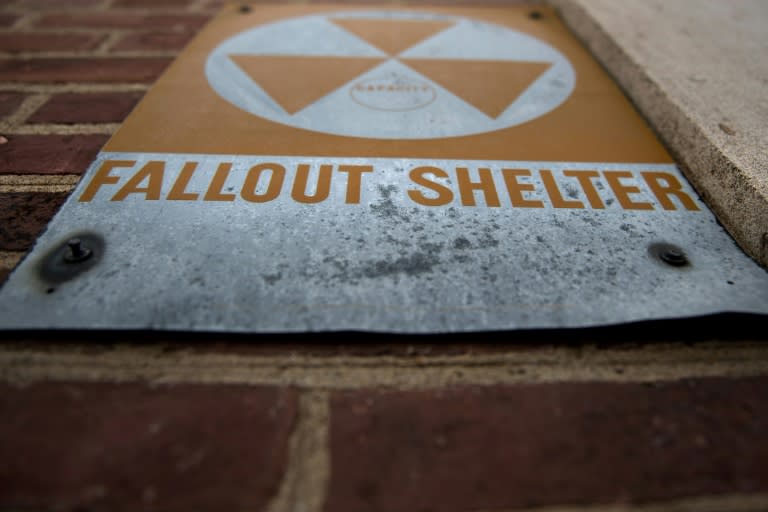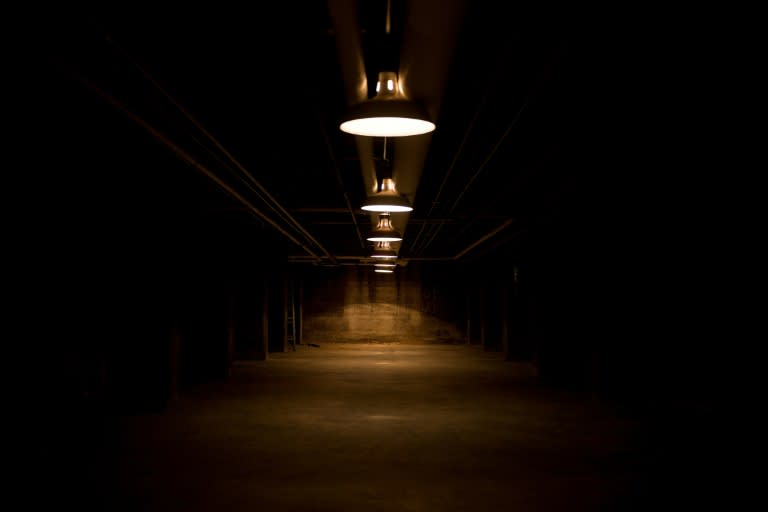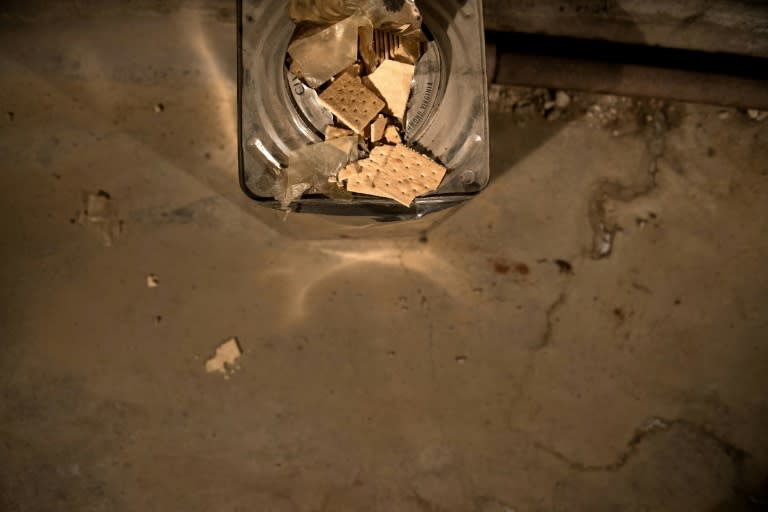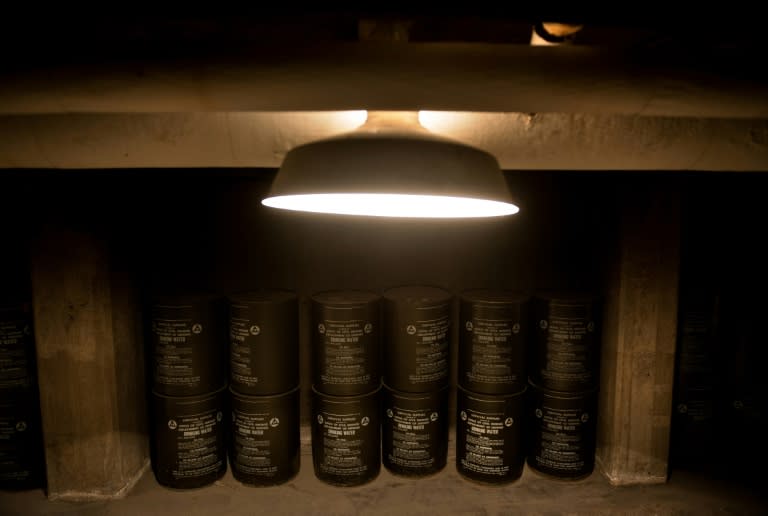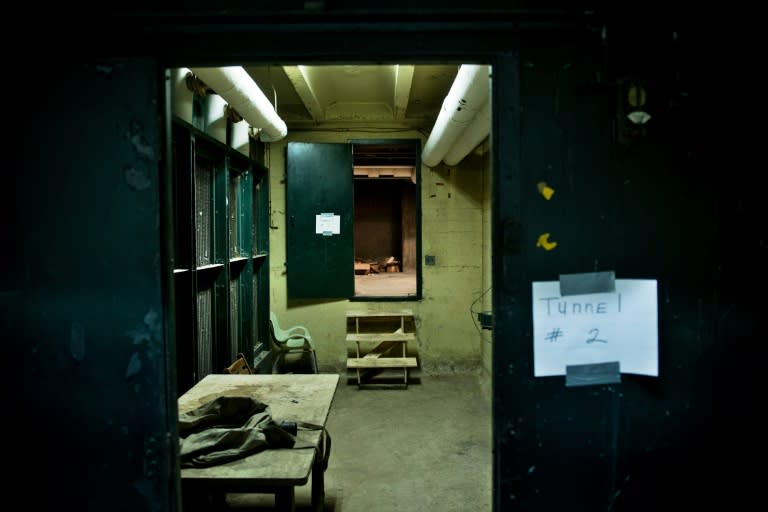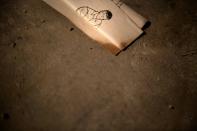Still standing beneath Washington, remnants of the Cold War
In a long-abandoned nuclear fallout shelter in the heart of the US capital, museum curator Frank Blazich pries open a large, rusted can of crackers bearing the date "Nov. 1962." "Tastes a bit stale," he jokes as he chomps down on its contents. The can has been stored for decades at the underground facility, one of dozens built during the Cold War as the United States braced for the possibility of a nuclear attack. Today, the sound of children's laughter filters down through vents to the long, narrow basement beneath the Oyster-Adams School, just 1.5 miles (2.5 kilometers) north of the White House. It was beneath this school that the shelter was built to protect more than a hundred people in the event of a catastrophic strike. Dimly lit by a series of hanging industrial lamps, the concrete room houses rows of barrels marked "survival supplies" -- water, medicines, food rations and Civil Defense instruction manuals, evoking the state of fear in the years following World War II when tensions with the Soviet Union reached a fever pitch. Three yellow triangles etched in a circle of worn away black paint is all that's left of an original sign indicating the shelter's presence. For those interested in the era, it's a rare find -- perhaps the only shelter in Washington to still contain its provisions over half a century later. "This is a time capsule that we're really witnessing here," Blazich, a shelter enthusiast who works at the National Museum of American History, told AFP, opening one of the black metal barrels. Inside, the vessel still contains its precious cargo: 17.5 gallons (60 liters) of water. - Food, makeshift toilets, sedatives - Faced with the physical manifestation of the "Iron Curtain" in the Berlin Wall and the development of intercontinental ballistic missiles, then-US president John F. Kennedy determined in 1961 to mobilize funds for public shelters across the country. From 1962 -- the year of the Cuban Missile Crisis -- food was stored in the basements of buildings, schools and churches, supposedly sturdy enough to offer protection. On the walls of the Oyster-Adams shelter, you can still clearly see the dates "4/15/64" and "4/23/64," indicating when the dozens of stacked-up barrels of water were filled. Bandages and medical instruction manuals spill out of cardboard boxes on the dusty floor -- although sedatives packed to treat panic have disappeared. There are also several chemical toilets -- cardboard barrels with removable plastic seats that would each serve up to 25 people. Against a wall, yet more boxes are overflowing with so-called "survival biscuits." Dry and dusty, but in theory still edible, the crackers are a symbol of a time when the city was haunted by "a real fear," according to David Krugler, a history professor at the University of Wisconsin-Platteville and author of the go-to book on the topic: "'This Is Only a Test': How Washington, D.C., Prepared for Nuclear War." - Reassurance value - Authorities had taken care to calculate the amount of rations needed to ensure inhabitants' survival for two weeks -- with the allowance coming out at about 700 calories a day. But Krugler says their efforts would have been in vain. "Had the United States and the Soviet Union gone to nuclear war, Washington... would have been utterly destroyed and that shelter would have been useless because the first effect of a nuclear detonation and heat would have destroyed it," he explained. "The biggest reason (for the shelters) is that people wanted some sort of reassurance that nuclear war was survivable and this helped offer that assurance even if it was a very unrealistic one." "It made the existence of nuclear weapons easier to accept," he added. The signing of the Partial Test Ban Treaty in 1963 paved the way for a detente between the two powers and the shelters gradually fell into disuse -- and by the 1970s the volunteers who oversaw them had been ordered to clear them out. "The fact that these rations are still here is either someone did not receive that information, or it was ignored. For whatever reason it was left alone," explained Blazich. Today, some see a renewed threat emanating from nuclear-armed North Korea, though tensions have cooled amid a spectacular detente and plans for a summit between President Donald Trump and Kim Jong Un -- who just months ago were comparing the size of their "nuclear buttons." "We are in a period of heightened tensions and increased risks," Kruger said, but added it is "not equivalent to the tensions and risks of the Cuban Missile Crisis." "Do people take the rhetoric of North Korea's leader versus our president or other major policy makers seriously in terms of a potential nuclear war, certainly yes," added Blazich. "But I don't think they contemplate what happens should the weapons be used."

